Advancements in Needle Technology
Technological innovations in needle design and materials are significantly influencing the Hypodermic Needle Market. Recent advancements include the development of safety-engineered needles that minimize the risk of needlestick injuries, which are a major concern for healthcare professionals. The introduction of features such as retractable needles and needle shields has enhanced safety and usability, thereby increasing adoption rates among healthcare providers. Additionally, the use of biocompatible materials in needle manufacturing has improved patient comfort and reduced adverse reactions. Market data suggests that the safety needle segment is expected to witness a compound annual growth rate of over 8% in the coming years. These advancements not only improve patient outcomes but also drive the demand for hypodermic needles, positioning the Hypodermic Needle Market for continued expansion.
Increase in Home Healthcare Services
The rise of home healthcare services is transforming the landscape of the Hypodermic Needle Market. As more patients opt for at-home treatments, the need for hypodermic needles for self-administration of medications is increasing. This trend is particularly evident among patients with chronic conditions who require regular injections, such as insulin for diabetes management. The convenience and comfort of receiving care at home are driving this shift, leading to a higher demand for user-friendly hypodermic needles. Market data indicates that the home healthcare market is projected to grow at a compound annual growth rate of over 7% in the coming years. This growth is likely to translate into increased sales of hypodermic needles, as healthcare providers adapt to the changing preferences of patients. Thus, the increase in home healthcare services is a significant driver for the Hypodermic Needle Market.
Rising Incidence of Chronic Diseases
The increasing prevalence of chronic diseases such as diabetes, cardiovascular disorders, and cancer is a primary driver of the Hypodermic Needle Market. As these conditions require regular monitoring and treatment, the demand for hypodermic needles is expected to rise. According to recent data, the number of individuals diagnosed with diabetes alone is projected to reach 700 million by 2045, necessitating a substantial supply of hypodermic needles for insulin administration. This trend indicates a growing market for hypodermic needles, as healthcare providers seek efficient and reliable delivery methods for medications. Furthermore, the aging population, which is more susceptible to chronic illnesses, further amplifies the need for these devices. Thus, the rising incidence of chronic diseases is likely to sustain the growth of the Hypodermic Needle Market.
Growing Focus on Immunization Programs
The Hypodermic Needle Industry. Governments and health organizations are increasingly prioritizing vaccination initiatives to combat infectious diseases, which has led to a surge in the demand for hypodermic needles. For instance, the World Health Organization has set ambitious targets for vaccination coverage, aiming to immunize millions of children and adults against preventable diseases. This focus on immunization is expected to result in a significant increase in the consumption of hypodermic needles, as they are essential for vaccine delivery. Market analysis indicates that the demand for needles used in vaccination campaigns is likely to grow at a rate of approximately 6% annually. Consequently, the growing focus on immunization programs is anticipated to bolster the Hypodermic Needle Market in the foreseeable future.
Regulatory Support for Medical Devices
Regulatory frameworks supporting the development and distribution of medical devices are playing a pivotal role in shaping the Hypodermic Needle Market. Governments and health authorities are implementing policies that facilitate the approval and commercialization of innovative medical devices, including hypodermic needles. This regulatory support is crucial for manufacturers seeking to introduce new products that enhance safety and efficacy. For instance, streamlined approval processes for safety-engineered needles are encouraging companies to invest in research and development. Furthermore, regulatory bodies are increasingly emphasizing the importance of quality standards, which is likely to drive competition and innovation within the market. As a result, the supportive regulatory environment is expected to foster growth in the Hypodermic Needle Market, enabling manufacturers to meet the evolving needs of healthcare providers and patients.


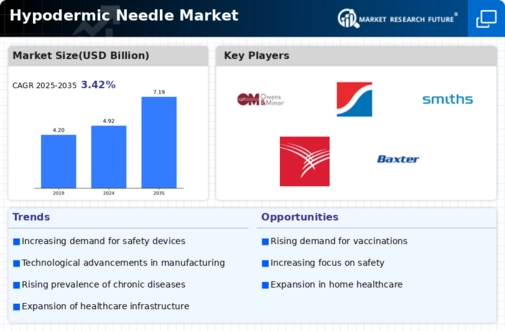
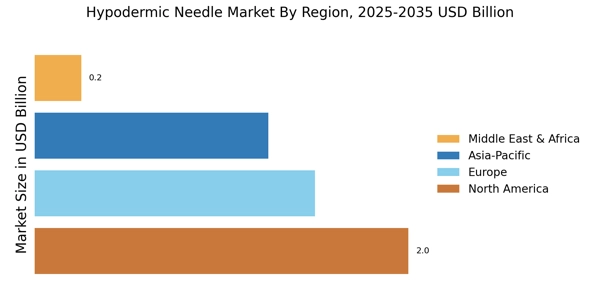
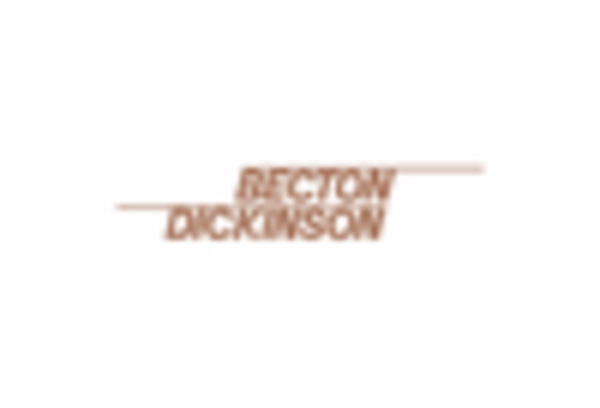
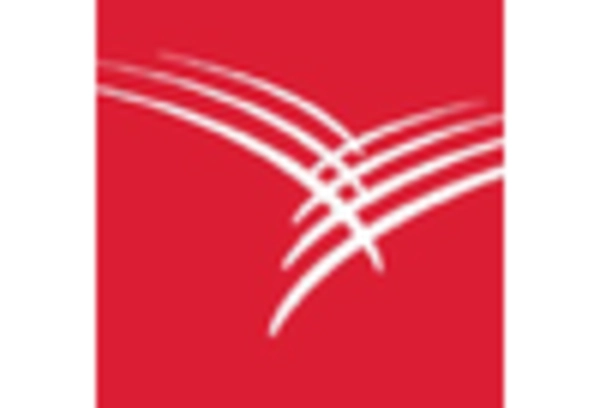
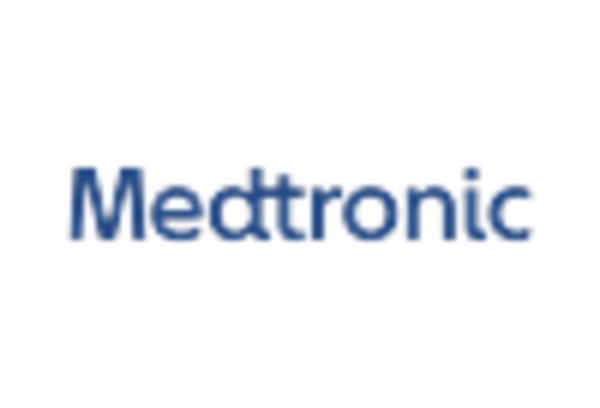
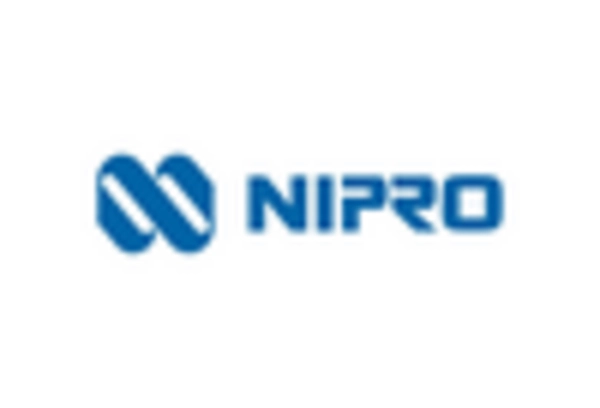
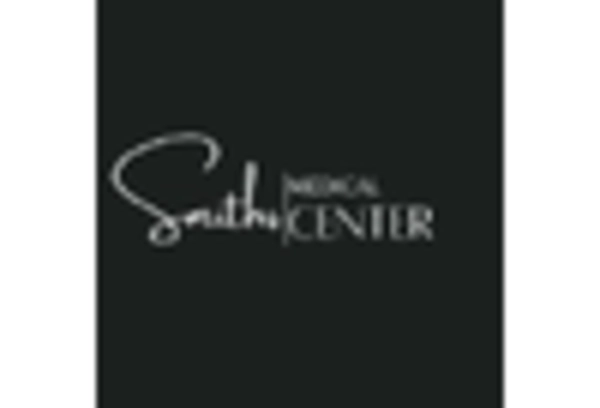
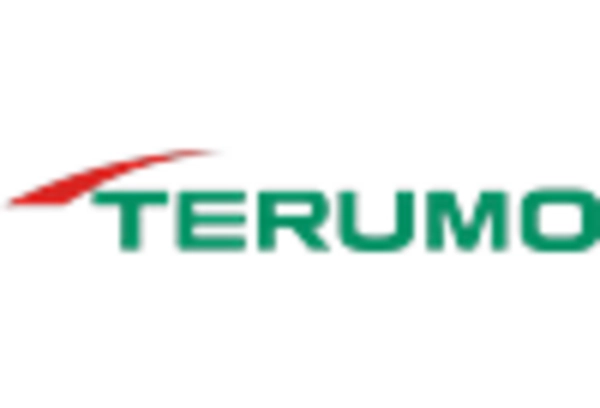








Leave a Comment